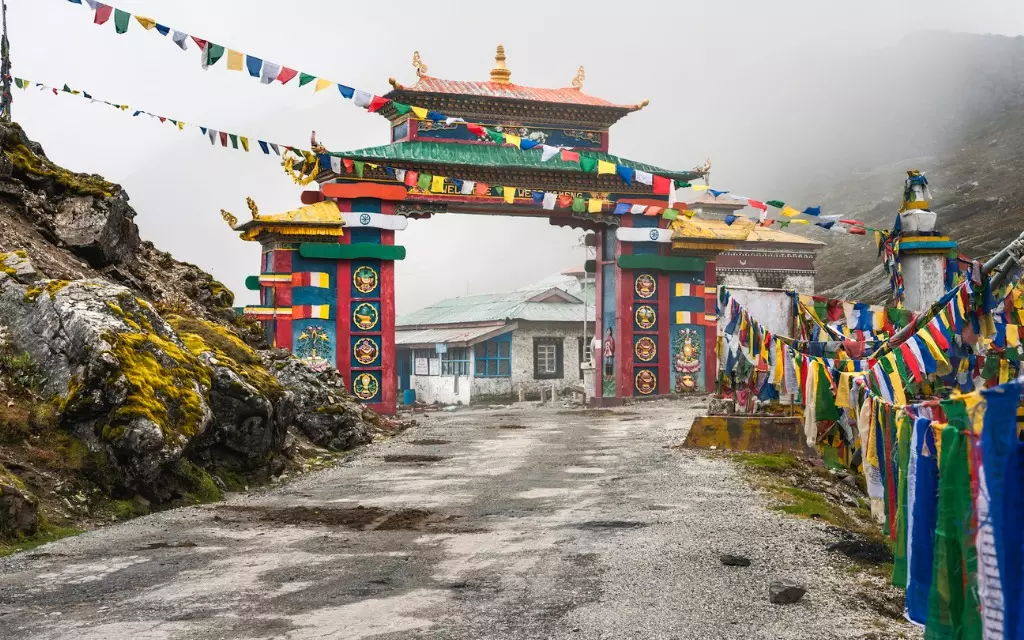
China has announced a new list of 30 names for places in Arunachal Pradesh, continuing its practice of renaming locations in the region it claims as part of south Tibet, according to a report by PTI news. This move, reported by state-run Global Times, comes amid increased assertions by Beijing over the Indian state, which India firmly rejects, maintaining that Arunachal Pradesh is an integral part of its territory.
The Chinese Ministry of Civil Affairs published these names on its official website, with the new names set to be officially recognized from May 1. This marks the fourth such list released by China, following the first in 2017, the second in 2021, and the third in 2023, escalating Beijing’s efforts to reinforce its territorial claims.
The controversy over Arunachal Pradesh has been a long-standing point of tension between India and China. India has consistently dismissed China‘s actions, stating that renaming places does not change the fact that Arunachal Pradesh belongs to India. External Affairs Minister S Jaishankar recently called China‘s claims “ludicrous” and emphasized that Arunachal Pradesh is a “natural part of India.”
ALSO READ: China Celebrates Tibet Control with Events Near India Border
This issue flared up again following Prime Minister Narendra Modi’s visit to Arunachal Pradesh to inaugurate the Sela Tunnel, which aims to provide all-weather connectivity to the strategic Tawang region. China responded with diplomatic protests and a series of statements from its Foreign and Defence ministries.
The United States has also weighed in, with State Department Principal Deputy Spokesperson Vedant Patel affirming that the US recognizes Arunachal Pradesh as Indian territory and opposes any unilateral territorial claims.
China‘s practice of renaming places in Arunachal Pradesh is part of a broader strategy that includes issuing standardized geographical names as per regulations revised by the State Council in April 2022. These efforts are seen by some as an attempt to assert sovereignty and influence the ongoing boundary discussions between India and China.
The situation remains a complex issue, with India and its allies pushing back against China‘s territorial assertions, as both countries continue to navigate the delicate dynamics of their relationship.






